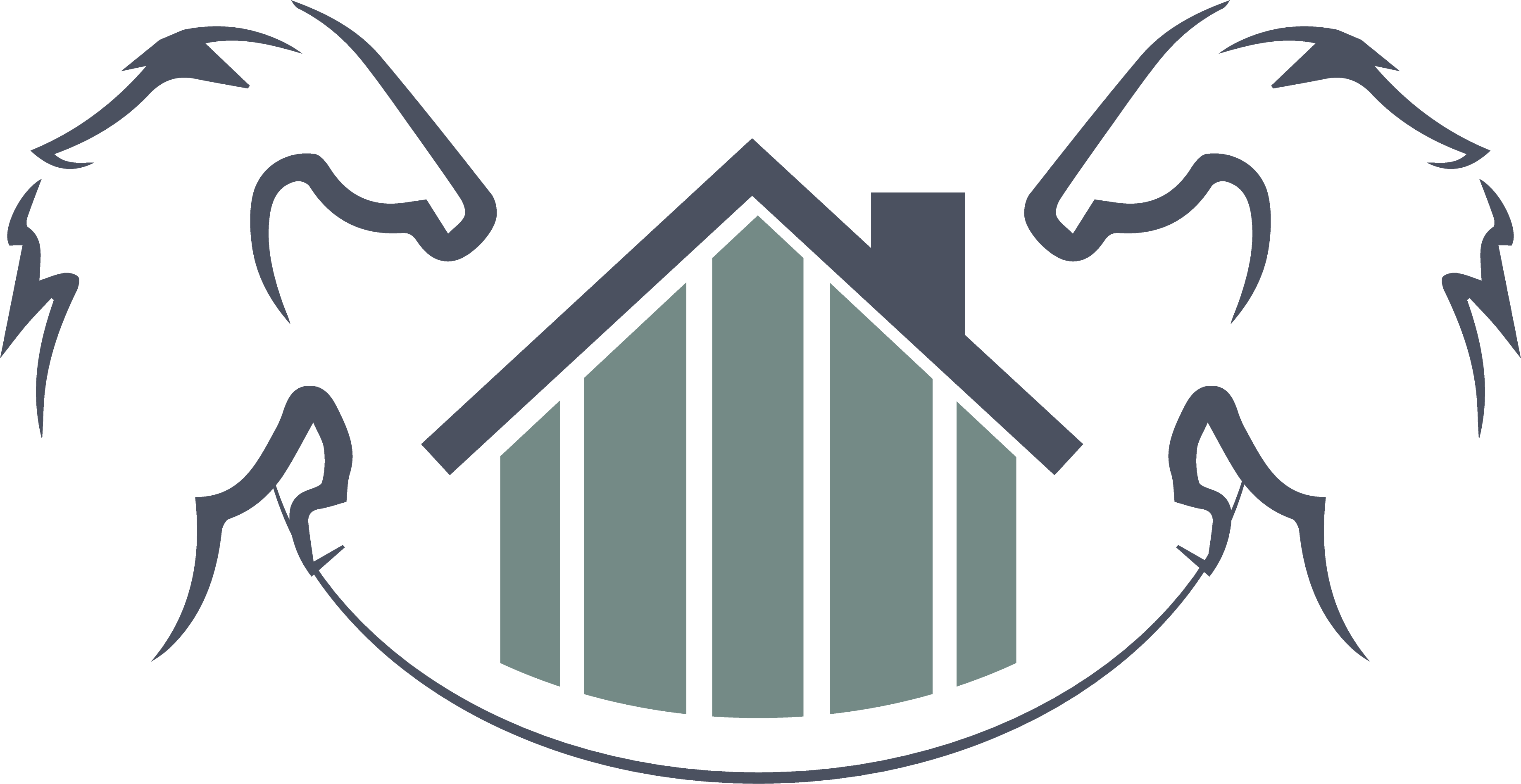The Housing Market in Denver Is Split. Here’s Why.
The real estate market continues to make national headlines, but what happens when your experience doesn’t seem to match up with what you’re hearing in the news? Especially here in the Denver market. Due to the wide variety of communities included in our housing market, one area may be having a completely different experience than a neighboring community. If you’ve had any confusion about the real estate market in the last year, you’re not alone. It’s because the U.S. is in what’s called a bifurcated market, or a split market. And we here in Denver are split, also. Check it out.
What is a bifurcated market?
In the context of real estate, a bifurcated market refers to a situation where the housing market is divided into two distinct segments, each behaving differently in terms of pricing, supply and demand, and activity. While one segment may be experiencing rapid price growth and high demand, the other may be slower, with more stable or even declining prices.
In the dynamic landscape of Denver's real estate market, the term "bifurcated market" has become increasingly relevant. This phenomenon denotes a situation where the housing market is effectively split into two distinct segments, each exhibiting unique characteristics in pricing, supply and demand dynamics, and overall activity.
Segment 1: Rapid Price Growth and High Demand
One facet of this bifurcated market is characterized by a segment experiencing rapid price growth and robust demand. In Denver, certain areas or property types may fall into this category. Factors contributing to this include desirable locations, limited inventory, and heightened interest from buyers. In these segments, home prices tend to appreciate at an accelerated rate, often leading to competitive bidding among buyers.
Segment 2: Slower, Stable, or Declining Prices
On the other end of the spectrum, the second segment within the bifurcated market may exhibit a contrasting pattern. This segment may encompass areas or property types where prices are relatively stable, or in some cases, experiencing a decline. Factors influencing this scenario can include oversupply, shifting buyer preferences, or economic factors impacting specific regions.
It's crucial for homebuyers and sellers in Denver to recognize the existence of this bifurcated market and understand how it affects their real estate goals. Depending on your position as a buyer or seller, or your preferred location within Denver, the strategy to navigate this market may differ significantly.
How did we get here?
Beginning in 2020, markets across the country saw home prices rising faster than they did during the housing bubble of 2005 to 2007. This was due in part to record-low interest rates making mortgages more affordable everywhere—but the home price jump wasn’t distributed evenly across the nation. In some markets, such as Raleigh, Las Vegas, and Austin, home values spiked more than 30%, while in others, like some parts of New York and the Midwest, prices rose modestly or didn’t rise at all.
The accelerated price growth of some markets over others has to do with the rapid increase in demand. Many people purchased new homes during COVID-19, fulfilling changing needs, locking in an ultra-low interest rate, and—most importantly—relocating. Many people took advantage of remote work to relocate from an expensive area to a city where they could afford to buy, while others relocated to change jobs or be near family. This led to an exodus from expensive urban centers and caused demand and prices to spike in places previously thought of as affordable.
The battle between mortgage rates and inflation
In 2022, the economy was moving at such a fast pace that inflation rose to a 40-year high of over 9%. To put downward pressure on inflation and prevent a crash, the Fed started increasing interest rates—which meant that mortgage rates rose. From their low of 2.65% in January of 2021, mortgage rates rose to over 7%. Coupled with high prices, these rates have made homeownership unaffordable for many.
It makes sense that high rates and high prices would reduce demand and cause home prices to fall—right? Well, kind of. This is where the market starts to split.
The question of supply and demand
It’s true that when demand drops, prices typically drop as well—but you have to factor supply into the equation. While demand is dropping, many markets are seeing a reduction in available inventory as well, because homeowners who have mortgage rates between 2 and 3% don’t want to sell their homes. The split in the national market happens when a region’s pullback in demand is matched by a reduction in supply, allowing prices to stabilize or even continue to grow—while in other regions, demand drops and supply remains the same, causing prices to fall.
Where is this happening? In what some are calling a correction of COVID-19’s outrageous price jumps, most of the drops are happening in markets where prices saw extreme growth from 2020 to 2022. Conversely, markets that were more stable during the pandemic seem to be more stable now as well, showing steady prices and modest growth.
What does this mean to you?
As you navigate the real estate market, you need an experienced Realtor specializing in the Denver area. It's important to find a Realtor who is familiar and knowledgeable about the neighborhood or area that you're targeting to live in (hint: it's me!). I can provide invaluable guidance to you by leveraging insights into these distinct market segments - and this translates into a higher selling price for you as a seller. Or into a well negotiated deal for you as a home buyer. By tailoring our approach to each segment's unique characteristics, I can help you make informed decisions that align with your real estate objectives.
Stay updated with the latest trends and data specific to Denver's bifurcated market. If you're not already subscribed to our weekly newsletters, now is the time! Each week, I offer the best possible guidance to help ensure that you navigate this complex real estate landscape with confidence.
Your market
Curious where our market falls on this split and what it means for you?
Get in touch, and we’ll tell you everything you need to know.


